Mushroom Cultivation
The cultivation community is massive and ever growing. But if this is the case why is cultivation knowledge not more widely known? this a good question.
Growing mushrooms is one the most fascinating and rewarding hobbies I have ever had. I strive to spread this knowledge and make the resources accessible to everyone. Watching the process of a little spore go to a mycelial thread like network, and then to mushrooms is amazing.
Most of my experience lies in growing psilocybin, however I know many people who grow gourmet mushrooms as well. Below I'll discuss the basics of cultivation and terminology you should know. This is interchangeable information that is relevant regardless of what kind you're growing.
What to know?
First is the anatomy of mushrooms. The foundation is mycelium which is a threadlike network that grows throughout the soil . think of this as the roots of mushrooms. Then we have the fruiting body which is the reproductive structure of a fungus. This consists of the stem, the cap, the veil, gills, and spores. The veil tears when the mushroom is mature, causing the gills to be revealed. The gills then release spores in order to spread it's seed.
Terminology
Culture- This what you inoculate into your spawn to start your grow. It can be a spore syringe, Liquid culture, or colonized agar.
Multi Spore Syringe (MSS)- This is a culture that contains 100s-1000s of spores in a distilled water solution. This takes longer than LC because the spores have to germinate and find one another before colonizing.

Liquid Culture (LC)- This is a nutrient rich media that the mycelium has already started to grow in. Since the mycelium is already grown in the solution, it goes straight to colonizing.

Agar- this is a gelatin like media that is nutrient rich and allows you to isolate certain genetics and clone as well. Most often is put into Petri dishes.
Colonization- The process where mycelium spreads through the grains or your substrate.
Spawn- The material used to propagate mushrooms, typically consists of mycelium grown of grains. See below for a picture of a grain spawn bag fully colonized

Inoculation- Introducing mushroom culture into the grains to start the grow process.
Substrate- the material on which mushrooms grow. The substrate can be many different things. Some common substrates are; Straw, wood chips, manure, Coco Coir, and Vermiculite,.
Hyphae- The thread like filaments that make up the mycelium.
Spawn 2 Bulk (S2b)- The process of putting grain spawn in with substrate to allow the mycelium to colonize the substrate and then proceed to fruiting stage.
Fresh air exchange (FAE)- Refers to the exchange of oxygen and CO2.
Fruiting Chamber (FC)- Refers to the container used during the fruiting stage of your grow
Tek- This refers to your grow technique. There are thousands of Teks established by previous and current cultivators. Over time you'll be able to take some from each Tek and create your own.
Mushrooms are often categorized by what they thrive in or love substrate wise. For example poo lovers mostly consists of cubensis. Grass lovers include some cubensis, tampanensis, azurescens, mexicana, and more. Woodlovers consists of Gymnopolous, shitake, maitake, turkey tail, reishi, lions mane, and more.
The Big 3
The 3 big components during your grow that are major factors are your culture, spawn, and substrate. The culture being the most important because it’s your starting point. If you don’t have a clean quality start, the other components don’t matter.
Next to your grains is your substrate. The most common substrates used are Coco coir, Dung, hay, wood chips/pellets, sawdust, CVG (coir, gypsum, vermiculite), and more. Substrate is pasteurized in hot water to make sure it is clean and hydrated (seeing a pattern yet? lol).
**Note: if you buy an all in one or any kind of grow kit, the spawn comes pre sterilized and the and substrate is pasteurized (95% of the time). I am just making sure to include processes each stage goes through for educational purposes.
The most important key to your success will be your sterile practices. Contamination is unfortunately just a part of growing, so don't be discourages=d if you encounter it. However you can significantly lower your contam rate by having good sterile practices. 70% isopropyl, nitrile gloves, face masks, and a torch will take you a long ways if you're consistent. Whenever working I always recommend using an SAB (still air box), this is just a structure that blocks majority of airflow from passing into area you're working in. It can be as simple as a 50 qt sterilite bin laying on its side and having no air vents behind you.
It is important to get your supplies from a trusted source that is asking a reasonable place. Many beginners feel best starting with a kit as getting all the supplies required can become overwhelming. I've seen many many companies sell kits. But your friends at SoL Farms are an amazing resource to go to for grow kits and culture. They are here for you every step of the way whether it is answering questions, providing resources, or congratulating you on your successful grow, they're here for you!


